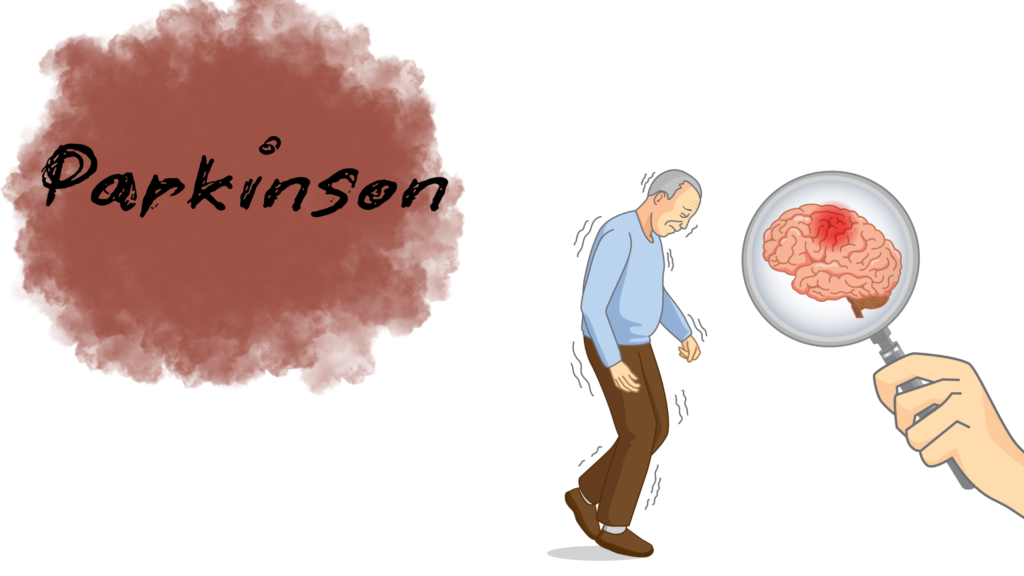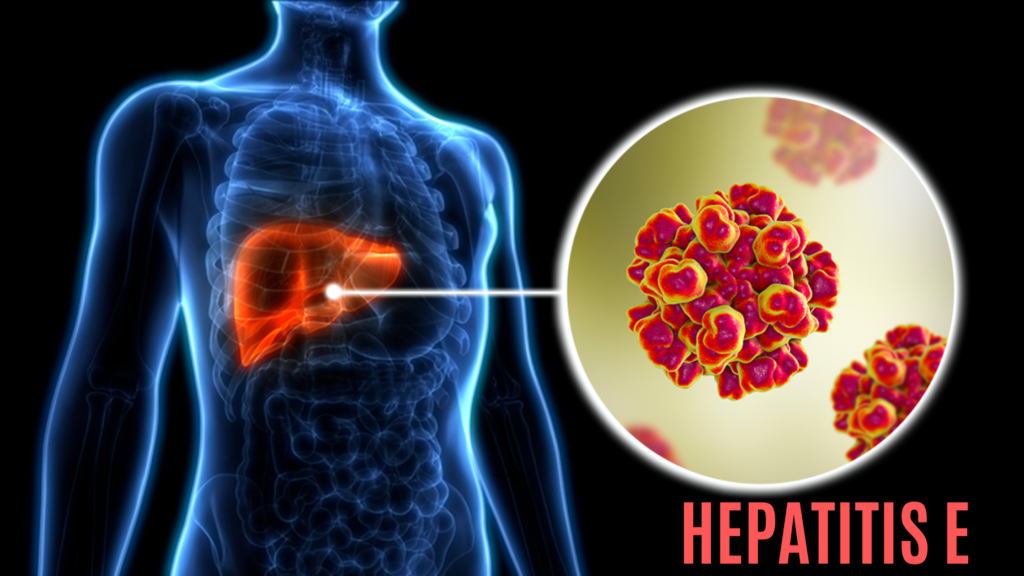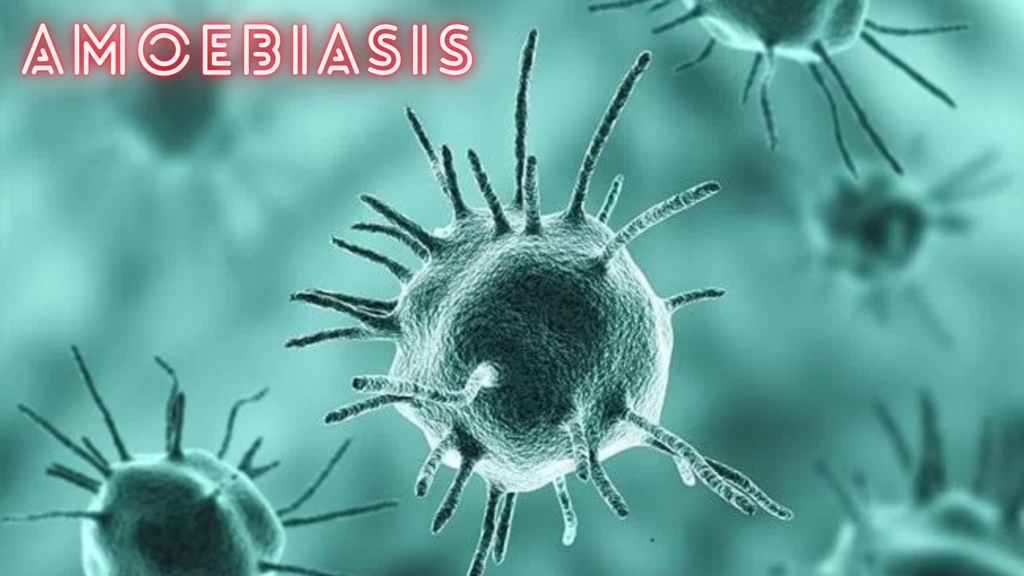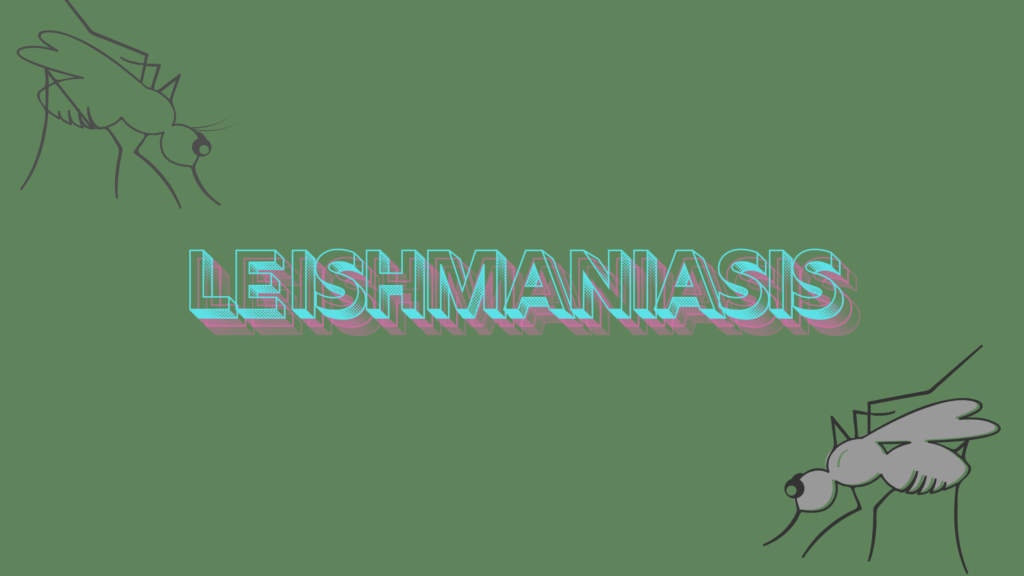Pellagra
🌾 Pellagra Pellagra is a nutritional deficiency disease caused by a lack of niacin (vitamin B3) or its precursor tryptophan in the diet. It primarily affects the skin, digestive system, and nervous system and can be fatal if left untreated. 🧬 Cause 🔄 Niacin Functions ⚠️ Classic Symptoms – “3 Ds” (and a 4th if […]









